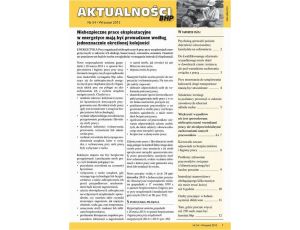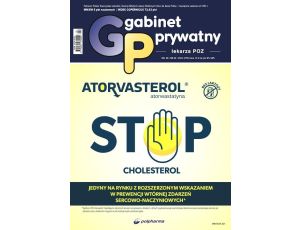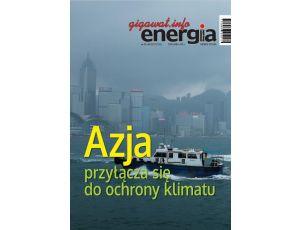Opis produktu
Opinie
Spis treści
Steel orthotropic decks are sensitive to stiffener-to-deckplate fatigue. Larger traffic volumes and concentrated wheel loads contribute to this phenomenon. Traditionally, the effect of the wearing courses is taken into account through load dispersal under 45° reducing the stress at the deck plate surface. Howeveror asphalt surfacings this effect is small. A more reliable solution could be present if a structural cooperation were present between the deck and the surfacing. In this paper, the results are presented from a study of various alternatives for a lightweight bridge surfacing contributing to fatigue reduction at the stiffener-to-deckplate intersection. Asphalt, neoprene and composite layers are considered as well as honeycomb sandwich panels. The effect of the solutions is measured by train gauges on an orthotropic bridge prior to the final surfacing installation. The results are compared with conclusions derived from a finite element model and indicate that depending on the type of layer, a 20 to 30 % reduction of stresses is possible, resulting in a 3 to 5 times longer fatigue life, without increasing the deck weight.
Cechy
| Rodzaj: | eprasa |
| Format pliku: |
|
| Autor: | Praca zbiorowa |
| Język publikacji: | angielski |
| Rok wydania: | 2008 |
| Liczba stron: | 124 |











